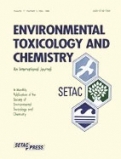A comparison of the short-term toxicity of cadmium to indigenous and alien gammarid species
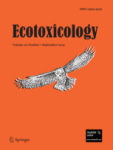 Alien invasive species (AIS) are, next to global change, considered to be one of the major threats to global biodiversity. Globalisation and habitat deterioration positively contribute to the establishment success of AIS. Besides appropriate vectors of introduction and favourable environmental conditions their success can be attributed to species specific traits such as a high reproduction rate, an omnivorous diet and the ability to easily cope with changing environmental conditions. In this study, we hypothesized that AIS are more tolerant to metal pollution compared to native species. We tested this hypothesis based on a comparison between native and alien freshwater shrimps that were exposed to different concentrations of cadmium. We found significant differences in sensitivity to metal pollution between different species which should be taken into consideration in environmental risk assessment and water quality standard setting. There was no clear trend in Cd sensitivity between native and alien shrimps, indicating that alien species do not have an advantage over native ones in cadmium contaminated waters.
Alien invasive species (AIS) are, next to global change, considered to be one of the major threats to global biodiversity. Globalisation and habitat deterioration positively contribute to the establishment success of AIS. Besides appropriate vectors of introduction and favourable environmental conditions their success can be attributed to species specific traits such as a high reproduction rate, an omnivorous diet and the ability to easily cope with changing environmental conditions. In this study, we hypothesized that AIS are more tolerant to metal pollution compared to native species. We tested this hypothesis based on a comparison between native and alien freshwater shrimps that were exposed to different concentrations of cadmium. We found significant differences in sensitivity to metal pollution between different species which should be taken into consideration in environmental risk assessment and water quality standard setting. There was no clear trend in Cd sensitivity between native and alien shrimps, indicating that alien species do not have an advantage over native ones in cadmium contaminated waters.

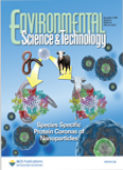
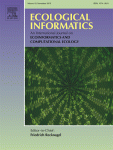
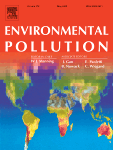
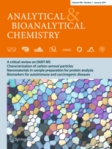 To improve our
To improve our 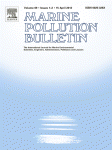
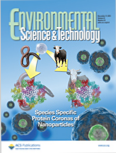
 In an effort to make research known to a broader public, Elsevier Publishers recently made some research articles open acces until January 31st, 2014. This is your chance if you are interested in some of the research performed at our lab. Currently, Jana Asselman's article "
In an effort to make research known to a broader public, Elsevier Publishers recently made some research articles open acces until January 31st, 2014. This is your chance if you are interested in some of the research performed at our lab. Currently, Jana Asselman's article "